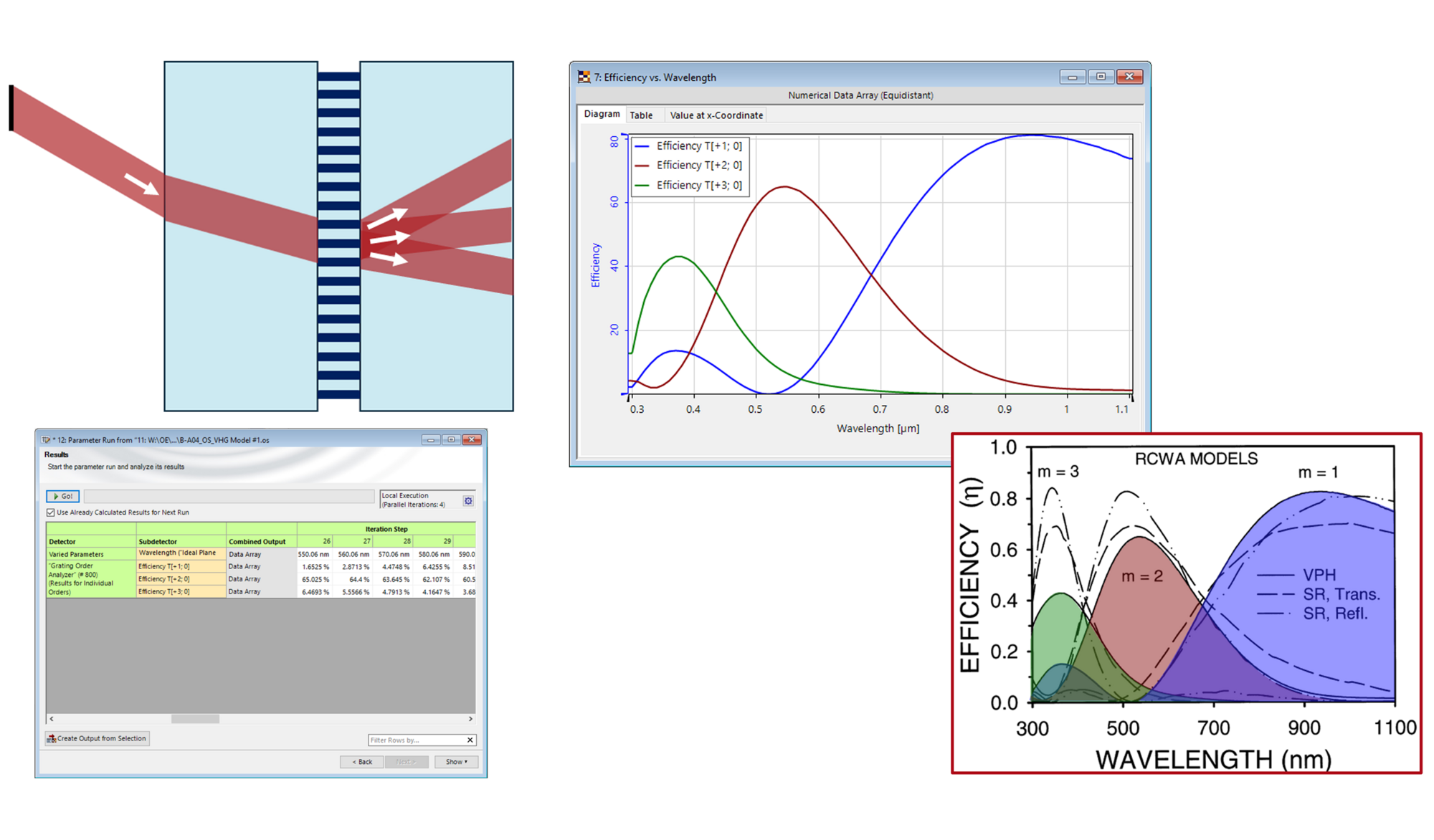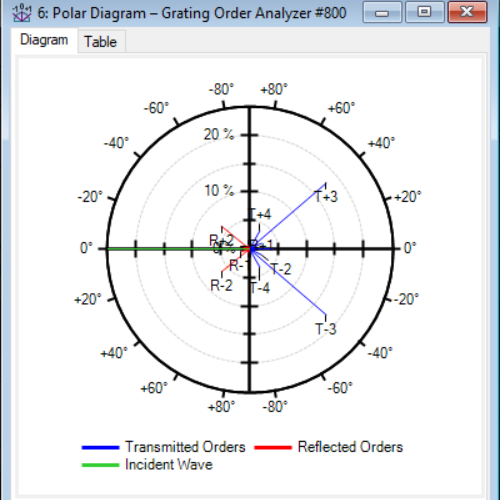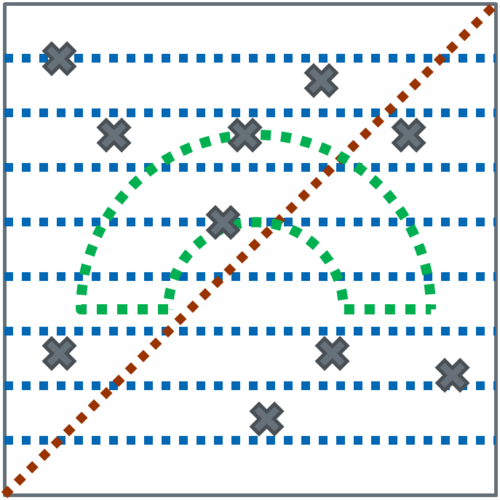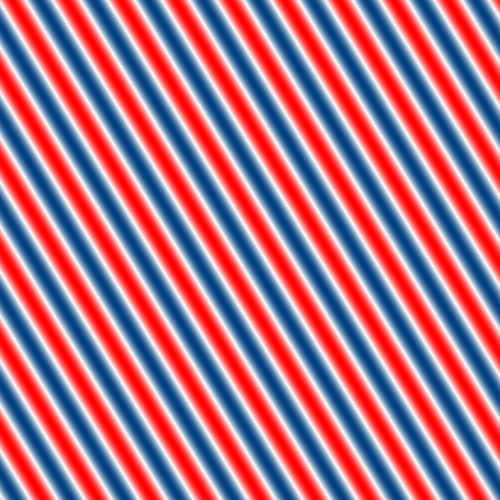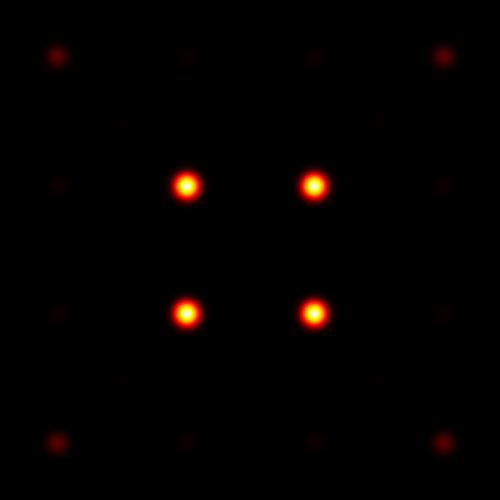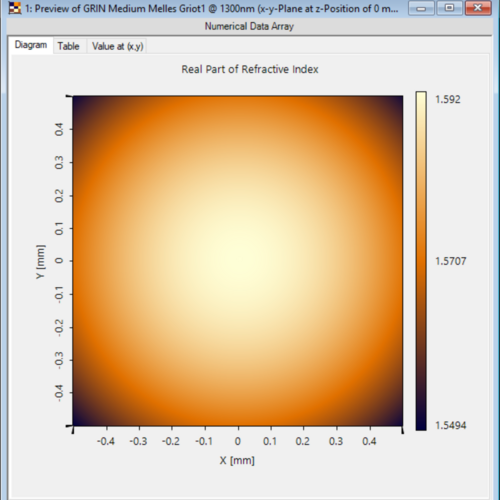Modeling and Analysis of Volume Holographic Gratings
Abstract
Volume holographic gratings have become powerful devices in the world of optics, offering distinct advantages over traditional surface relief gratings. These elements take advantage of the unique characteristics of volume holography, allowing for efficient and precise control of diffractive elements in a volume.
In this use case, we demonstrate the modeling of such a grating in VirtualLab Fusion, based on the configuration from the publication Barden, Samuel et al., “Volume-Phase Holographic Gratings and the Efficiency of Three Simple VPH Gratings.”(2000).
VirtualLab Fusion Configuration
-
 VirtualLab Fusion
VirtualLab Fusion
-
 Diffractive Optics Package
Diffractive Optics Package
-
 Grating Package
Grating Package

